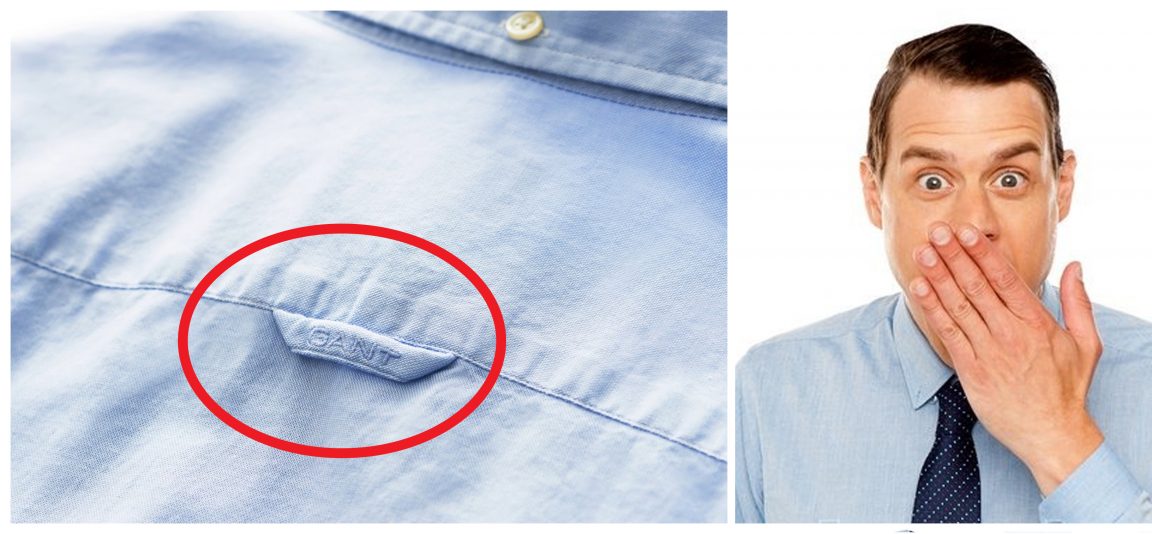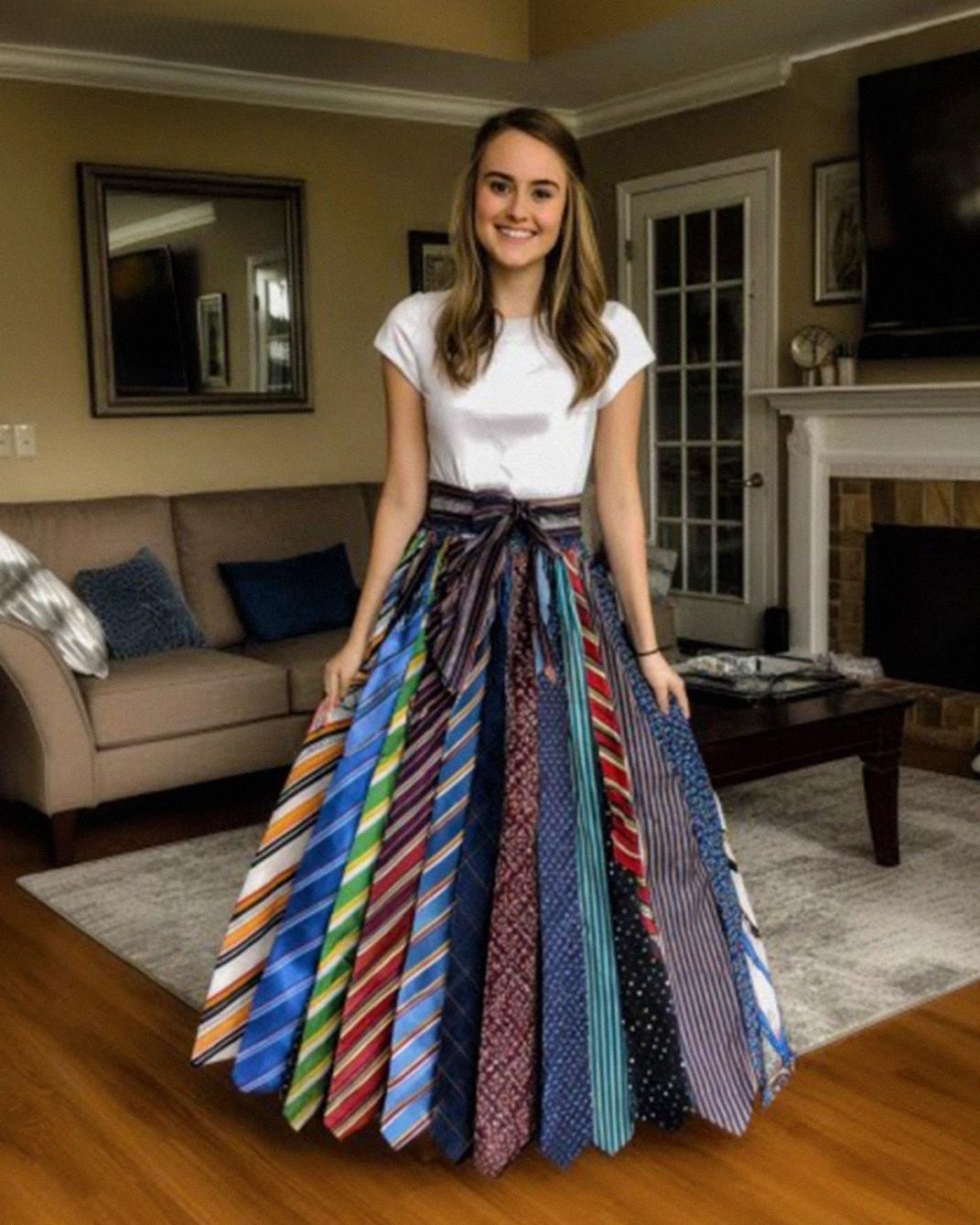Loop on the Back of Your Button:The “locker loop” on button-down shirts may seem like a small, insignificant detail, but it actually
has a fascinating history rooted in both practicality and fashion. Originally introduced by the Navy,the loop was designed as a functional solution for sailors who needed a way to hang their uniforms easilyin the limited storage space aboard ships. It was all about practicality—providing a simple way to keep the uniforms wrinkle-free and organized.
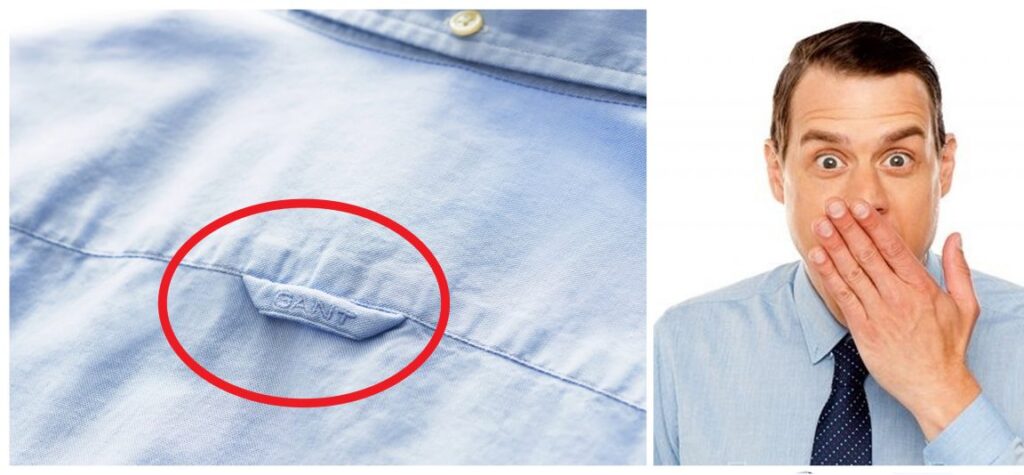
The loop gained wider popularity in civilian fashion during the 1960s, largely due to its inclusion by clothingbrands like GANT, who tailored the design for Ivy League students. These students wore the shirts with the loopsto keep their shirts neatly hung in lockers, which is how the loop got its name. But as the locker loop made itsway into Ivy League culture, it started to take on more symbolic meaning.
Loop on the Back of Your Button
It became a subtle social marker amongstudents—guys would remove the loop to signal that they were in a relationship, and women might use scarves in asimilar fashion. It even became a playful gesture, with students tearing off the loop to flirt or tease.Over time, the loop transformed from a utilitarian feature into a stylish design element, embraced by iconic brands
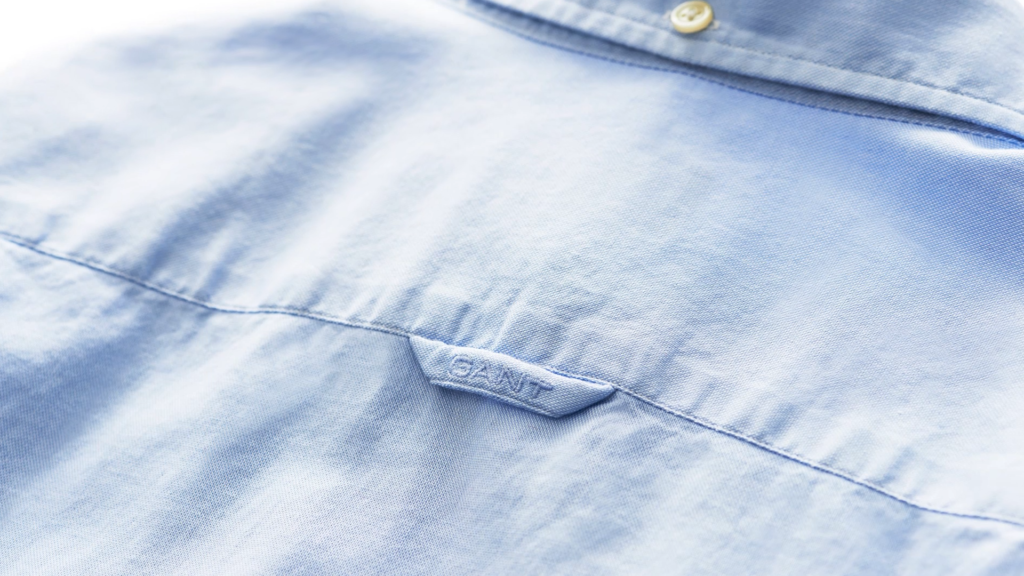
like Ralph Lauren. While modern hangers have rendered the loop less functional, it remains a nostalgic nod to its
roots in Ivy League fashion and a timeless detail that continues to appear in contemporary menswear. The locker loop,though simple, stands as a reminder of how a small detail can evolve from a practical necessity into a fashionable symbol with cultural significance.
Today, the locker loop persists not because it’s necessary, but because of what it represents—a subtle connection to tradition, craftsmanship, and the evolving story of men’s fashion. In an era where clothing is often mass-produced and stripped of character, these small, intentional design features serve as a reminder of a time when garments were crafted with both purpose and personality.
Fashion historians and vintage enthusiasts often cite the locker loop as a prime example of how functionality and storytelling intersect in clothing design. It’s a quiet nod to heritage, an anchor point linking generations of wearers—from naval servicemen, to Ivy League scholars, to modern-day professionals.
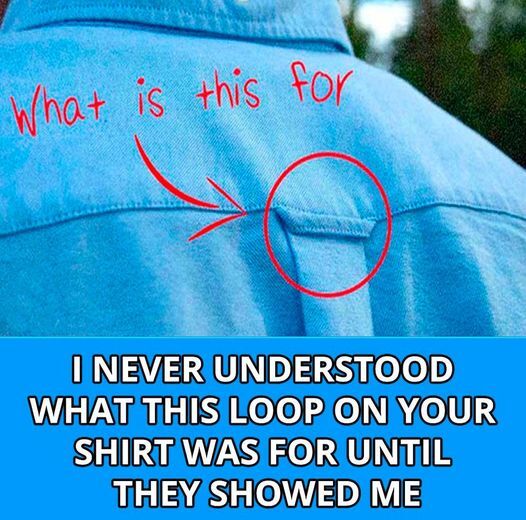
Interestingly, the locker loop has even seen a revival in recent years, with contemporary brands reintroducing it in collections meant to evoke a retro or preppy aesthetic. For some, it adds an element of vintage authenticity; for others, it’s simply a stylish flourish that sets a shirt apart from more generic offerings.
And while many wearers today may not know its full origin, the presence of the loop often sparks curiosity—leading to conversations about tradition, identity, and the way fashion carries stories forward through generations.
Ultimately, the locker loop is more than a strip of fabric stitched onto the back of a shirt. It’s a symbol of where we’ve been—a tribute to innovation born out of necessity, adapted into culture, and preserved through design. In the grand tapestry of fashion history, it’s a small but meaningful thread, proving that even the most minor details can leave a lasting impression.
As fashion cycles through reinvention and nostalgia, elements like the locker loop stand the test of time—not because they’re necessary, but because they carry with them a sense of authenticity. In a world where fast fashion dominates and minimalist designs strip clothing down to its bare essentials, the locker loop serves as a quiet rebellion: a detail that insists on being both remembered and respected.
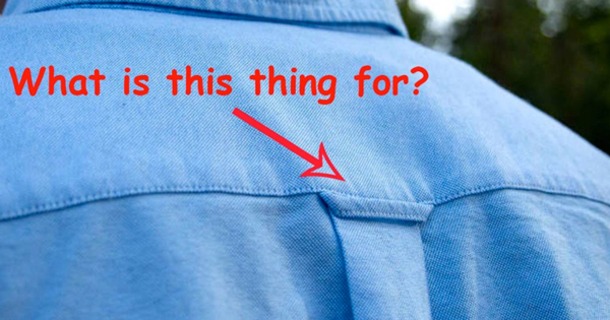
For fashion designers, the locker loop offers more than just a nod to the past—it’s an opportunity to infuse storytelling into design. Brands such as Brooks Brothers, J.Crew, and even high-end labels like Thom Browne and Ralph Lauren continue to incorporate the loop as a signature mark of refined casualwear. For them, it’s about maintaining a link to sartorial history, reinforcing brand heritage, and appealing to consumers who appreciate clothing with a backstory.
A Symbol of Subtle Individualism
Interestingly, in today’s world of hyper-expression, the locker loop also appeals to those who value subtle individuality. While not flashy or bold, it’s a nuanced detail that invites conversation. Some wearers take pride in knowing that their seemingly ordinary shirt includes a design rooted in naval utility and Ivy League romance. Others might cut it off intentionally—not as a relationship signal like in the past, but to personalize their clothing in an age where custom tailoring is rare.
Much like cufflinks, monograms, or selvedge denim edges, the locker loop has become a mark of the informed wearer—someone who doesn’t just wear fashion but understands it.

Reinvented Utility in Modern Fashion
Interestingly, the loop has even seen functional revivals in other apparel categories. On outerwear like utility jackets or field shirts, similar loops are used to hang gear or attach accessories. In women’s fashion, loops are often incorporated into shirt backs or collars for style symmetry or brand embellishment. In these cases, the locker loop’s legacy has been reinterpreted, proving that great design ideas rarely go out of style—they evolve.
The Final Thread
What began as a simple solution for sailors to keep uniforms neat has become a lasting symbol of American menswear culture. The locker loop is a quiet tribute to history, romance, tradition, and craftsmanship, all sewn into a tiny piece of fabric on the back of a shirt.
It may never again serve its original purpose, but it doesn’t need to. Its very presence—whether hanging neatly on a hook, or stitched firmly on a freshly pressed oxford—reminds us that great design is never accidental. It’s intentional, emotional, and timeless.

